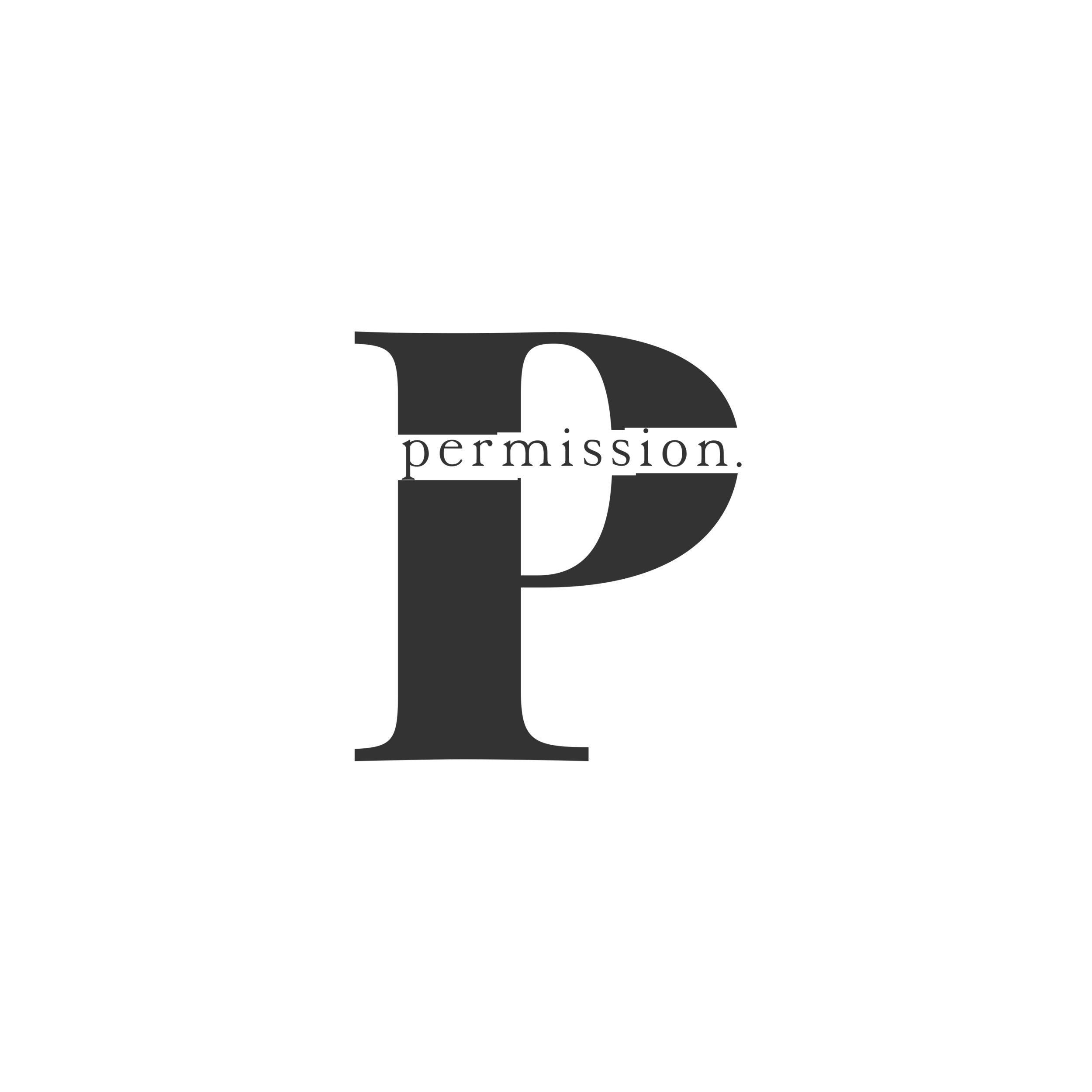the craft. sustaining the flow
Written by: GG Renee
“Artists are visionaries. We routinely practice a form of faith, seeing clearly and moving toward a creative goal that shimmers in the distance - often visible to us, but invisible to those around us.” ― Julia Cameron, The Artist's Way: A Spiritual Path to Higher Creativity
From reflecting on the beliefs and influences that shape our creative paths, to embracing the magic in the mess, and recognizing the holistic creative process at play in our lives, we are truly doing the foundational work that leads to a long-term, fruitful creative life.
One of the biggest takeaways from this series is that self-care nurtures the creative process. It helps you find a rhythm, be consistent, and avoid being tricked by excuses and limiting beliefs. It shows you that even if you find it hard to begin/commit/finish, that doesn’t mean you can’t do it, or that it will always be difficult.
In “The Life of a Writer”, we talked about the patterns of behavior that support us as we go through each stage of the creative process and how to infuse these patterns into our lives so they become our lifestyle. Often where we get stuck is when we don't plan for the obstacles and distractions that come once we start gaining momentum, like vulnerability aftermath.
In her 2010 TED talk, ‘The Power of Vulnerability’, researcher and author Brené Brown coined the phrase ‘vulnerability hangover’ which is the feeling of drain and regret that comes after putting yourself out there and sharing your authentic self in some new and brave way.
If I could add a fifth step to Wallas’ creative process, it would be revitalization. Because when we don't plan for the mental and physical drain of vulnerability aftermath, we can easily fall right back into old habits and emotional blocks.
Vulnerability and the self-doubt that comes with it are part of being human. It’s how you respond to the self-doubt that determines whether you show up for your creative work or not. When you allow self-doubt to guide your decisions, you experience the weight of regret, despair, anxiety, and stunted personal and professional growth. Ask me how I know.
Reflect for a moment. We know the risks of vulnerability like disapproval, rejection, failure and indifference. But what are the risks of staying bottled up and not embracing vulnerability to pursue your creative goals? What’s the risk of not learning to separate your self-worth from your results?
Trusting your creative process and having self-care practices to support it takes the distress and confusion out of following your creative callings. If you practice and apply the principles shared in this series, and go deeper into your own inner life and make the mental shifts you need, you will see your ability to harness your creative power expand. Take these best practices with you:
Develop a creative self-care plan and revisit it as your projects and the seasons in your life evolve. Ask yourself questions like: what self-care needs or boundaries will I have to create to take on this project? How will my patterns of behavior need to change?
Be intentional about how you leverage pockets of time throughout the day. I may not be actively working on a project at my desk, but I’m reading on the toilet, or I’m listening to a podcast in the car, or I’m using the 15 minutes I’m waiting to get my oil changed to edit an essay I’m working on.
I use the Pomodoro Technique when I have multiple projects on my plate for the day or when I have a specific project with a deadline. It’s just a matter of working for 25 minutes straight and then taking a 5 minute break.
Know your strengths and weaknesses and develop your plans around them. If you’re most open and creative in the morning, try to plan your deepest work at that time. If you tend to avoid certain tasks, attach an emotional reward so you can start associating those tasks with a boost instead of a drain. An example of an emotional reward would be when I feel resistance about doing research for a project, and instead of falling under the trance of that resistance, I focus on how much I love note-taking and studying topics I’m passionate about. I make sure that I have notebooks and pens that I love to use. By doing this I’m replacing an old mental pathway that leads to avoidance with a new one that leads to flow.
Keep a process journal for each project you're working on to serve as a log of your progress and you’re feeling about it. This helps you stay in tune with each one and notice what’s working and what’s not. It’s especially helpful when you have to put a project aside for a while but don’t want to lose touch with it.
Developing creative courage and resilience is ultimately about how you take care of yourself. I hope this series helps you channel more ease and alignment to bring your creative visions to life.
Writing/Job Opportunities
Savannah West is the new Deputy Editor at Home and Texture and accepting pitches. savannah.west@blavity.com. ($150-$200/article.)
Rachel Courtland is looking for pitches for Tech Review for their upcoming issue on breakthroughs. They’re looking for big swings from journalists: narrative features, essential profiles, and sharp reported essays about recent/unfolding breakthroughs. Rates: $1-2/word. Pitch deadline: Aug 7. rachel.courtland@technologyreview.com.
Wall Street Journal is hiring a News Editor.
NBCUniversal is hiring a Senior Lifestyle Editor, TODAY Digital.
The Network for Public Health Law is hiring a Communications Manager. ($70k)
The American Society of Landscape Architects is hiring a Senior Editor. ($85k)
Mashed is hiring a Food and Grocery News Writer. ($21/hr.)
The Infatuation is hiring a Restaurant Critic and Writer. (NY, $61-88k)

